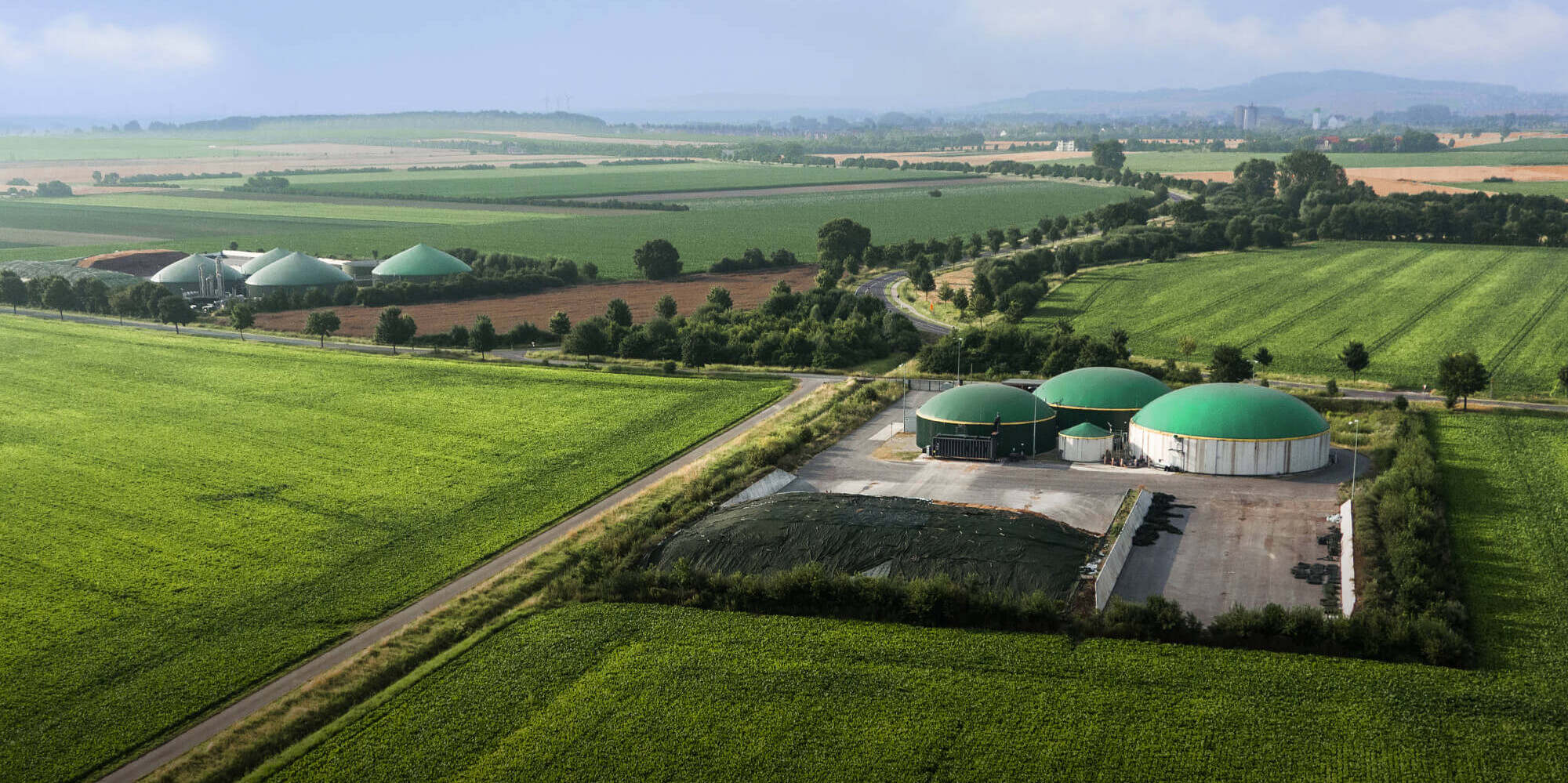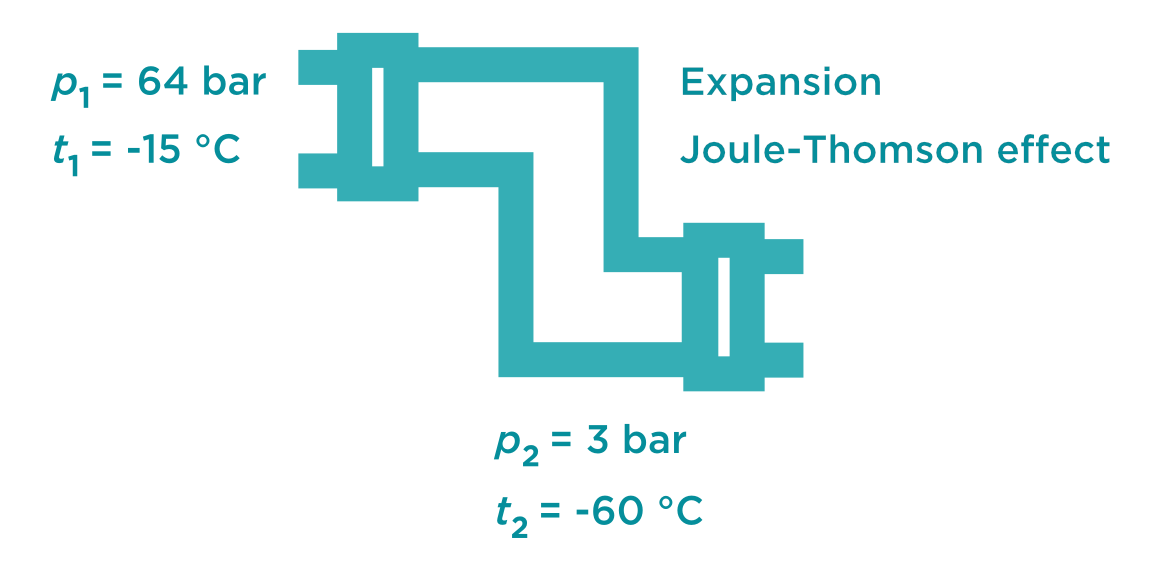
Biogas connection
Biomethane — a green gas with huge potential
As a green, regionally produced and storable gas, biomethane already has the potential to make a significant contribution to Germany’s decarbonisation. The existing natural gas infrastructure can be used here to achieve the transformation to a climate-neutral energy supply.
Upheaval in the biomethane market
Currently, the majority of the nearly 10,000 biogas plants operating in Germany produce biogas under the German Renewable Energy Sources Act (EEG).
Alternative uses are gaining in importance, such as biomethane processing with subsequent injection into the natural gas grid.
About 10 TWh of biomethane are already made available every year.
Biomethane has potential for more
With a consistent expansion of biomethane processing, up to 100 TWh of biomethane could be produced and fed into the gas grids by 2030 (BDEW).
This development is also driven by the current situation on the energy markets, the recognition of biomethane under the RED II Renewable Energy Directive, and the partial expiry of EEG subsidies for plants.
How does biogas get into the natural gas system?
A cost-effective connection: gathering lines
Switching biogas plants that currently produce electricity to biomethane production, complete with processing and injection into the natural gas grid, initially incurs costs.
One way to significantly reduce these costs and realise economies of scale is the use of gathering lines for raw biogas. Biogas plant operators use these lines to collect raw biogas from different sites for transportation to a central processing plant close to the natural gas grid, where the raw biogas is upgraded and fed into the grid.
As part of a pilot study, OGE has examined this value chain, analysed relevant influencing factors, and identified potential economic options for installing gathering systems. If you are interested in this topic, please get in touch.
Would you like to connect your biogas plant to our grid?
1. Check the location
Here you can check whether your plant is located near our network:
2. Non-binding assessment of the location
For more information or a non-binding assessment of your plant and location, please get in touch.
3. Submit a grid connection request
The final step is to submit a so-called grid connection request. Download the form for this here:
Good to know!
(Bio-)LNG liquefaction sites on the transmission grid
When natural gas expands, it cools down. This kind of expansion occurs during the transfer from transmission pipelines to distribution networks and consumers, for example. This cold (Joule-Thomson effect) can be used in the liquefaction process and can thus save ongoing cooling costs. When the LNG liquefaction plant is operated with biomethane, it produces bio-LNG.
If you have any questions, please feel free to contact us.
For you to download – OGE’s recommended locations for liquefaction plants (only in German):

Calculation example
BiRG – biomethane from biogenic residues
Together with our partners New Power Pack, the Jülich Research Centre and the Fraunhofer Institute UMSICHT, we have built and tested a demonstration plant for the production of biomethane as part of the so-called BiRG project.
In several steps, biogenic residues are converted into biogas that can be fed into the grid.
Find out more about the project and contact us.

